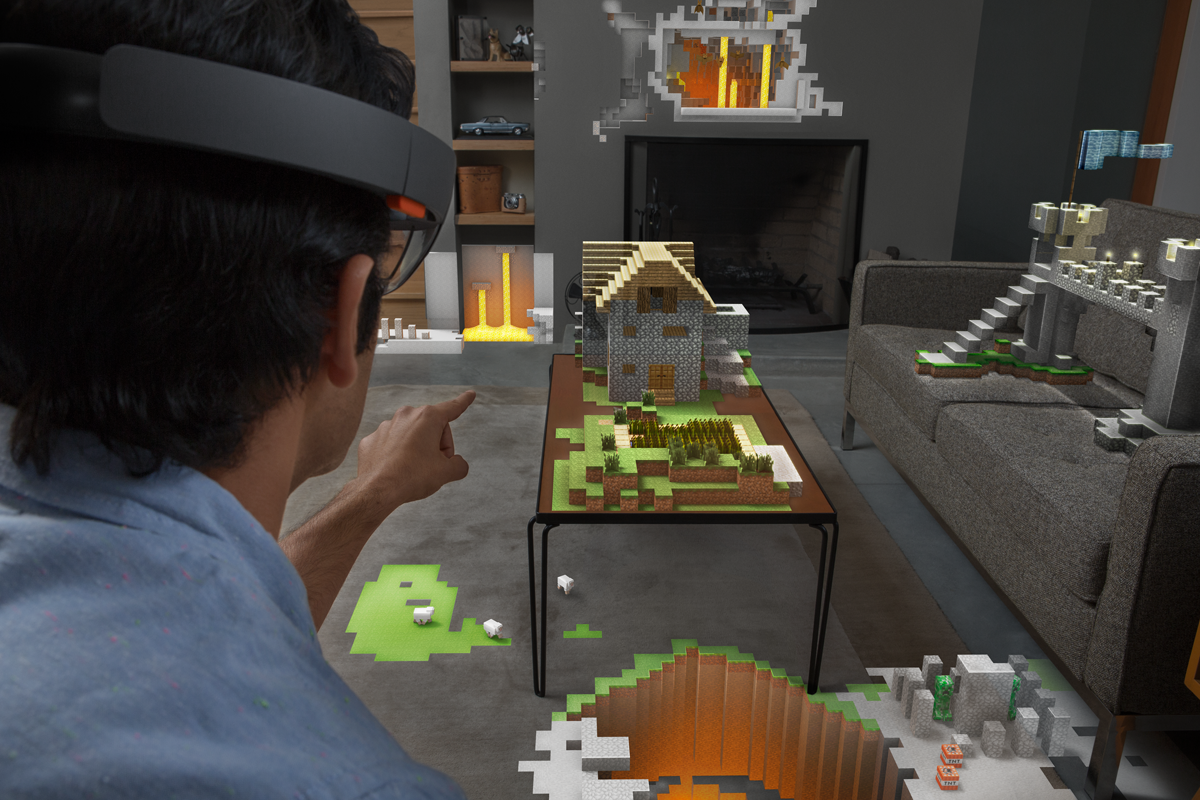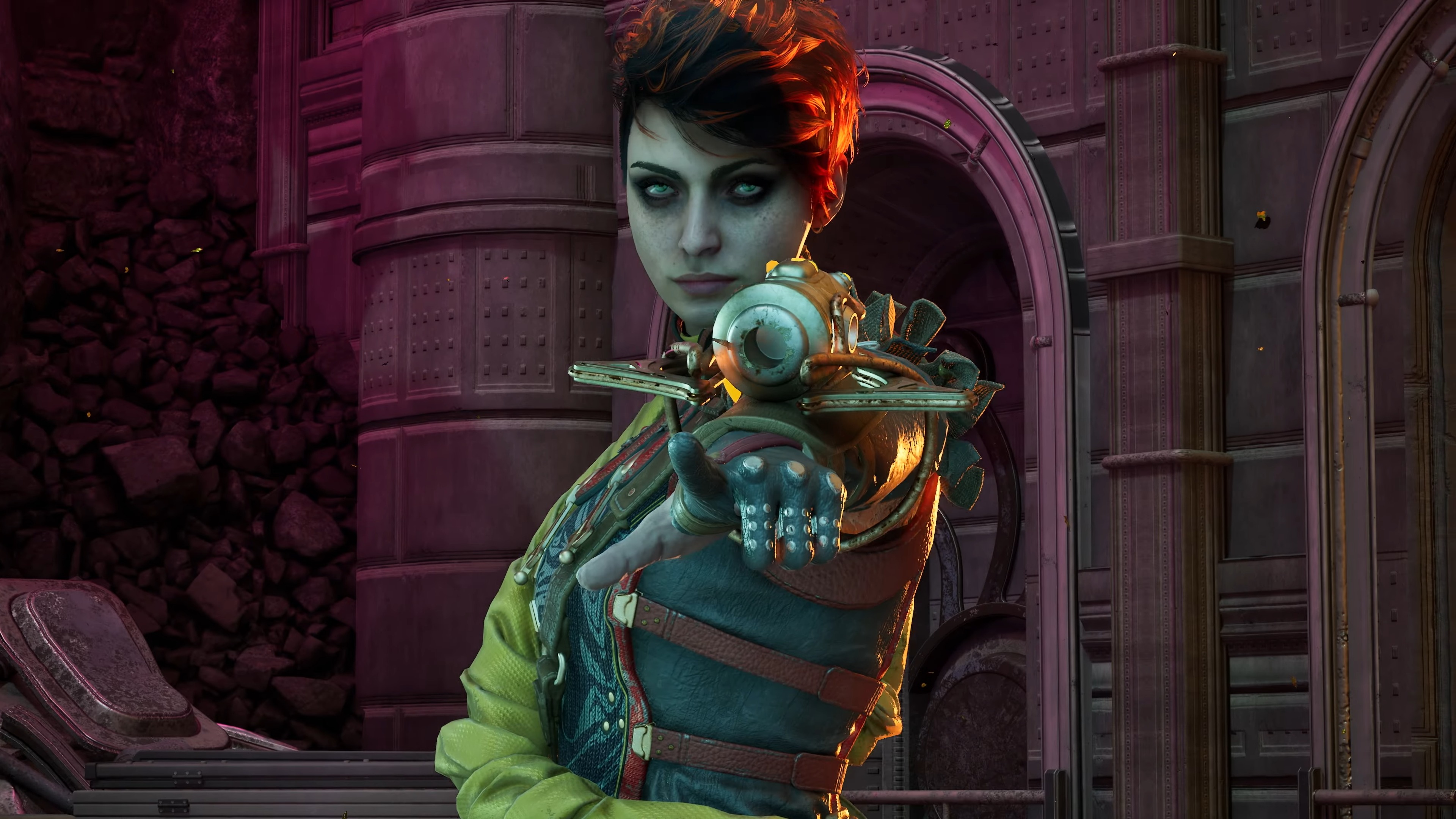I tried Microsoft's HoloLens: It is mind blowing, but many questions remain

Microsoft announced yesterday many new features for Windows 10 including details on the new phone OS. However, perhaps the oddest part was in the last quarter where the word 'holograms' unexpectedly came up over and again. Of course, this was the prelude to Microsoft HoloLens, the new Windows 10 hologram powered hardware, due sometime in the near future.
The press was invited to an exclusive look at the lab and working prototypes of HoloLens, including four operating scenarios demonstrating real-world application of the helmet. Unfortunately, photos and videos were forbidden as we even had to check our smartphones in a locker. Regardless, here are my thoughts and experience with HoloLens.

What it is
Wearable technology that augments the real world is hardly new. The promise of virtual reality (VR) has been around for years, peaking in cheesiness with the movie The Lawnmower Man in 1992. The problems have always been numerous, including dizziness and just underwhelming experiences.
Oculus Rift appears to be the real next-gen VR system for those curious, but it remains to be seen how well it sells. Google Glass is mostly considered a failed experiment, but considering how cautious Google was in selling it, it can be regarded as just that, an experiment.
HoloLens is not any of those though. It is not VR (you can see through the lenses and your environment), and it is not Google Glass (you're unlikely to wear this outside the house). Instead, it uses technology developed by Microsoft from things like Kinect to map things on to your environment.
The final product is a one-size fits all device that looks rather nerdy, but still very clean and elegant. The weight is balanced to feel comfortable, it has no tether to the real world as it is battery powered and runs its own computer (with three processors). You can also wear your glasses with it.
As to battery life? Microsoft has no idea as that finalized design that was publicly demoed is still very new hardware (the lab uses a wearable computer and much rougher looking equipment, more on that later).
All the latest news, reviews, and guides for Windows and Xbox diehards.

Minecraft, Skype, 3D model building and going to Mars
Microsoft escorted the press under heavy security to the secret lab where HoloLens was developed over the last few years. In fact, references to HoloLens appeared back in 2012 when an internal Microsoft PowerPoint deck leaked. In it, 'Fortaleza' was mentioned as a "breakthrough heads up and hands-free device" with "seamless integration of the digital world with the physical world". Yes, folks, this has been a long time in the making.
The current lab versions of HoloLens are much cruder than the near-final production model shown on stage. The latest version has much of the hardware exposed, and you have to wear a somewhat heavy mini PC around your neck, all tethered to more computers. The fact that Microsoft has been able to shrink this down to a small wearable with no wires is impressive.

Four stations were set up for the media, which included different experiences:
- Skype demo
- HoloBuilder (Minecraft)
- HoloStudio (3D model building)
- OnSite (NASA/JPL Mars Rover)
The HoloBuilder one let you build up a Minecraft world in a room, using bookshelves, the floor, a bench and more. By far the coolest part was the ability to blow virtual holes in your walls or the bench to see beyond it. It was truly a fascinating experience as you felt like you were looking into a new cavern. Another example was digging a hole in the bench, which then let the light through to the floor beneath. HoloLens can create holograms underneath objects, letting you look around corners, below benches and more.

The Skype demo let you install a real light switch, live electricity and all. Luckily, you had guidance through a Skype friend who walked you through the process. The installation was achieved by sharing your view with your Skype contact, who can then "draw" in your world through a Surface or another computer (she was not using HoloLens). Which wire should I attach? Let your friend draw an arrow in the air pointing to it in your field of vision. Just imagine looking around your room while John Madden draws pointers, circles and diagrams on your walls, objects and more. It was crazy.
Since the HoloLens has speakers, microphones, and cameras, the whole Skype call was "internal" to the device.

The HoloStudio segment showed how you could build 3D models in the air, rotating them around, adding things, resizing and more. Once completed, with one touch you could send it off to a 3D printing company who can then send it back to you in the mail. Whether it was printing toys, a USB thumb drive with a Koala Bear (that cute guy pictured above) or a sign for your room, HoloStudio is perfect for pro artists or even hobbyists.
Finally, the OnSite application was in conjunction with NASA and JPL for the Mars Rover mission. By taking 3D imagery taken by the rover and mapping to your world, you can walk on Mars. Even better, you could have a conference call with another scientist to collaborate. With another person in your world, you can see where their gaze is going, put flags down on objects for later and more. The interesting feature was how you could use the PC to manipulate that world and vice versa.
Perhaps the best part of all of these were the experience did not feel gimmicky. They truly felt like real problems that could be solved. Being able to share your environment on Skype ups the whole collaboration thing to a new level, building a virtual city in your living room that you can walk around and manipulate, printing 3D models that you can interact with, it was all well, useful.

So many questions
If you asked me what I thought of HoloLens as a personal experience, I'd say it was fantastic. After a few minutes, I felt like I was in that world, that I was really walking on Mars. Having a Skype call appear in your line of vision was fun. Pinning that call to a wall in your room was even cooler.
The problem for Microsoft right now is this: How will they position HoloLens?
I do not know.
Is HoloLens going to be a $299 product aimed at Minecraft fans or a $1299 gizmo for architects, hospitals, and NASA? Will Microsoft push this like Xbox One or let it trickle out like the Microsoft Band?
Since we do not know any of those answers yet, it is hard to make a full judgment on HoloLens. The technology is impressive, make no mistake. I think HoloLens can span so many categories, from brain surgeons to MMOGs (Massive multiplayer online games). There is a role for HoloLens to play just about everywhere.

HoloLens does solve many problems experienced by Google Glass and Oculus Rift. With Glass, you have the social stigma of wearing a heads-up display, which itself is quite limited in function. Oculus Rift is immersive, but perhaps too much so to the point that people can get motion sickness. Oculus is also more narrow in scope of function when compared to HoloLens.
From that perspective, HoloLens is truly a unique entry into this field, and I think it has a better chance of being a real hardware segment for Microsoft. Still, until answers on battery life, pricing, marketing, availability and more become known, I'll remain excited but cautious.

Daniel Rubino is the Editor-in-chief of Windows Central. He is also the head reviewer, podcast co-host, and analyst. He has been covering Microsoft since 2007 when this site was called WMExperts (and later Windows Phone Central). His interests include Windows, laptops, next-gen computing, and wearable tech. He has reviewed laptops for over 10 years and is particularly fond of 2-in-1 convertibles, Arm64 processors, new form factors, and thin-and-light PCs. Before all this tech stuff, he worked on a Ph.D. in linguistics, performed polysomnographs in NYC, and was a motion-picture operator for 17 years.
